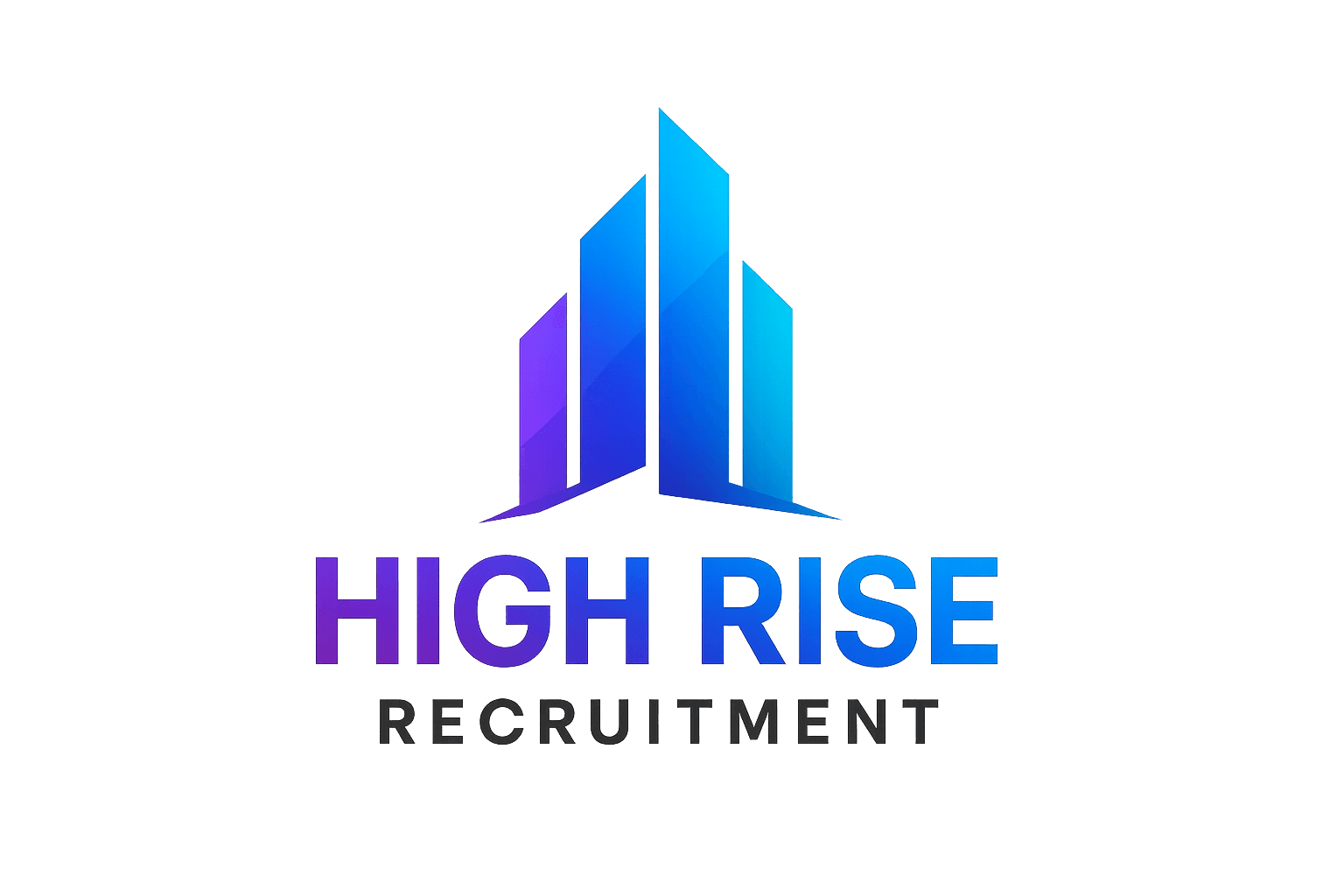Seasonal Recruitment Trends: Preparing for Hiring Surges
Understanding Seasonal Recruitment Trends
Seasonal recruitment trends can significantly impact a company's hiring strategy. Recognizing these patterns allows businesses to prepare for hiring surges effectively. By understanding when and why these trends occur, companies can optimize their recruitment processes and ensure they have the necessary workforce in place for peak seasons.
Industries such as retail, hospitality, and agriculture often experience predictable hiring spikes. These surges typically align with specific seasons or events, such as the holiday shopping season or harvest time. Other sectors might see fluctuations due to project cycles or fiscal year-end activities.

Anticipating Peak Hiring Periods
One of the first steps in preparing for hiring surges is anticipating when they will occur. Analyzing historical data can provide insights into past trends and help forecast future needs. This data-driven approach enables companies to allocate resources efficiently and plan recruitment campaigns accordingly.
Collaborating with different departments can further enhance this process. For instance, sales forecasts can indicate potential customer demand, providing a clearer picture of staffing requirements. This cross-departmental communication ensures alignment and readiness for increased hiring needs.

Building a Flexible Recruitment Strategy
Flexibility is crucial in seasonal recruitment. Companies should develop strategies that allow them to quickly scale their hiring efforts up or down. This might include creating a pool of pre-screened candidates or leveraging technology to streamline the recruitment process.
Temporary staffing agencies can also be invaluable during peak periods. Partnering with these agencies can provide access to a ready-made workforce, reducing the time and effort spent on recruitment. Additionally, offering flexible work arrangements can attract a broader range of candidates, particularly those seeking temporary or part-time positions.

Enhancing Employer Branding
A strong employer brand can be a significant asset during hiring surges. Companies with a positive reputation attract more candidates and can often fill positions more quickly. Investing in employer branding efforts, such as showcasing company culture or employee testimonials, can make a substantial difference.
Utilizing social media and online platforms to highlight what makes your company a desirable place to work can also enhance your recruitment efforts. Engaging content, such as behind-the-scenes videos or employee stories, can resonate with potential candidates and encourage them to apply.
Leveraging Technology in Recruitment
Technology plays a pivotal role in modern recruitment strategies. Tools such as applicant tracking systems (ATS) can streamline the hiring process, from posting job ads to onboarding new employees. Automation can handle repetitive tasks, allowing recruiters to focus on more strategic activities.
Moreover, incorporating AI-driven tools can improve candidate matching, ensuring the best fit for each role. This not only speeds up the recruitment process but also enhances the overall candidate experience, making your company more attractive to top talent.

Evaluating and Adjusting Recruitment Strategies
After each hiring surge, it's essential to evaluate the effectiveness of your recruitment strategies. Analyzing metrics such as time-to-hire, cost-per-hire, and candidate satisfaction can provide valuable insights into areas for improvement.
Feedback from hiring managers and candidates can also inform future strategies. By continuously refining your approach, you ensure that your recruitment process remains efficient and effective, ready to tackle the next seasonal surge with confidence.
